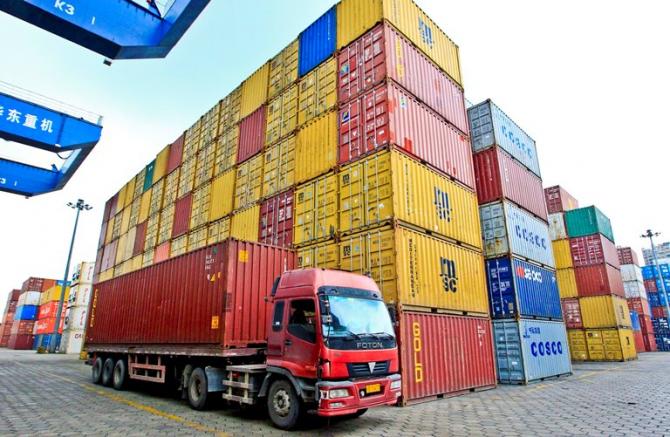
Calculating the biggest barriers
Economists and executives have known for a long time that supply chain barriers are real. But the full scope of their corrosive effect on global trade and prosperity emerges when a quantitative model is combined with on-the-ground case studies showing how companies actually think about their supply chains and how that affects their decision-making.
Many studies have measured the macroeconomic effect of supply chain barriers. But most lack insight into how those issues affect corporate investment and strategy. By augmenting their analysis with 18 detailed “real-world” case studies, Bain & Company, along with economists from the World Bank, the World Economic Forum and the US International Trade Commission, were able to gain those insights, leading to a set of policy recommendations aimed at breaking down impediments to action.
The study identified four broad categories of supply chain barriers: market access, border administration, transportation and telecommunications infrastructure and business environment. Researchers focused on the two that have the most immediate upside: border and infrastructure-related barriers, building models to measure the impact of these barriers on GDP by region and comparing the results to the effects of eliminating tariffs. They used the case studies representing major industries, barriers and supply chain steps to illuminate real problems and estimate how improvements in these categories would affect behavior.
The study shows plainly that policies to improve border administration and infrastructure could have six times the impact on global GDP as the elimination of all tariffs, largely because improvements would eliminate so much of the waste and inefficiency that hobbles growth. But the data also suggests that improvements could be even more dramatic. If policymakers could forge improvements across all four of the barrier categories, the positive effect on GDP would be approximately 70 percent higher. This is clearly something worth striving for.







%20resized.png)
